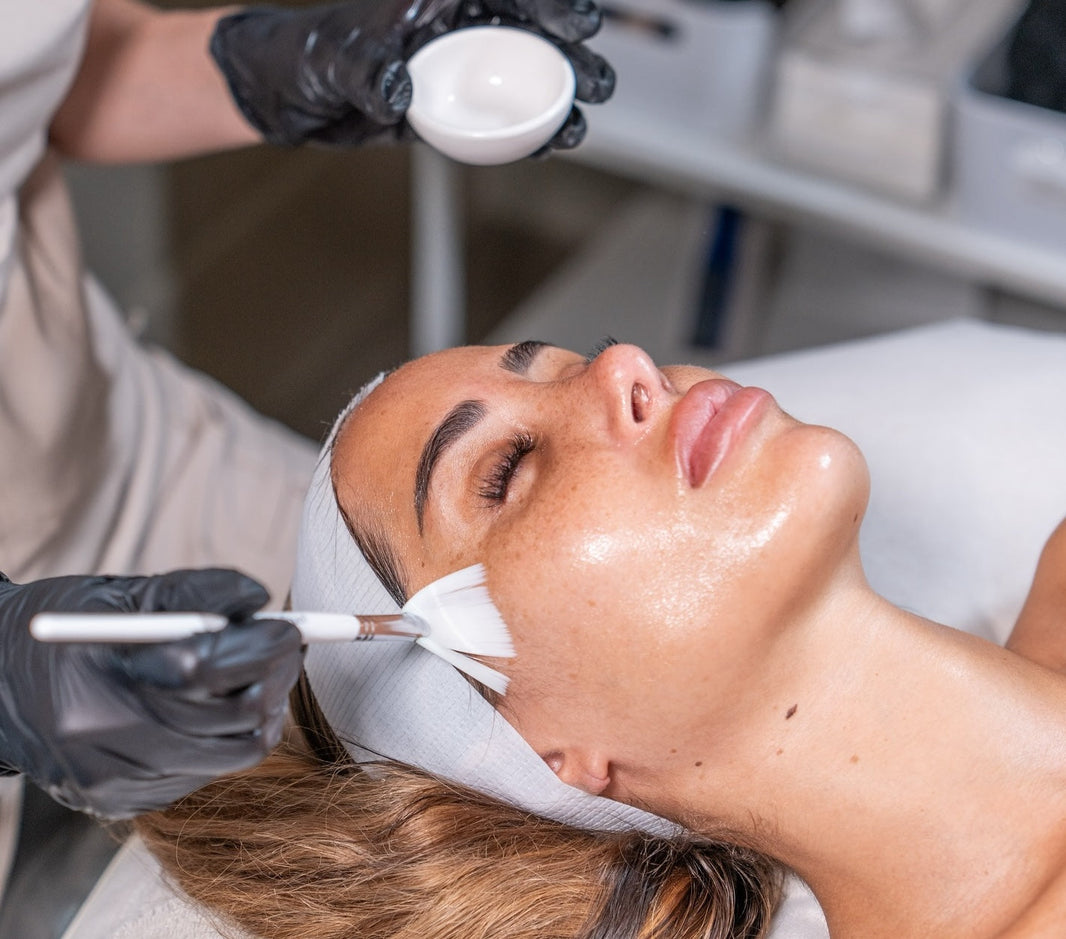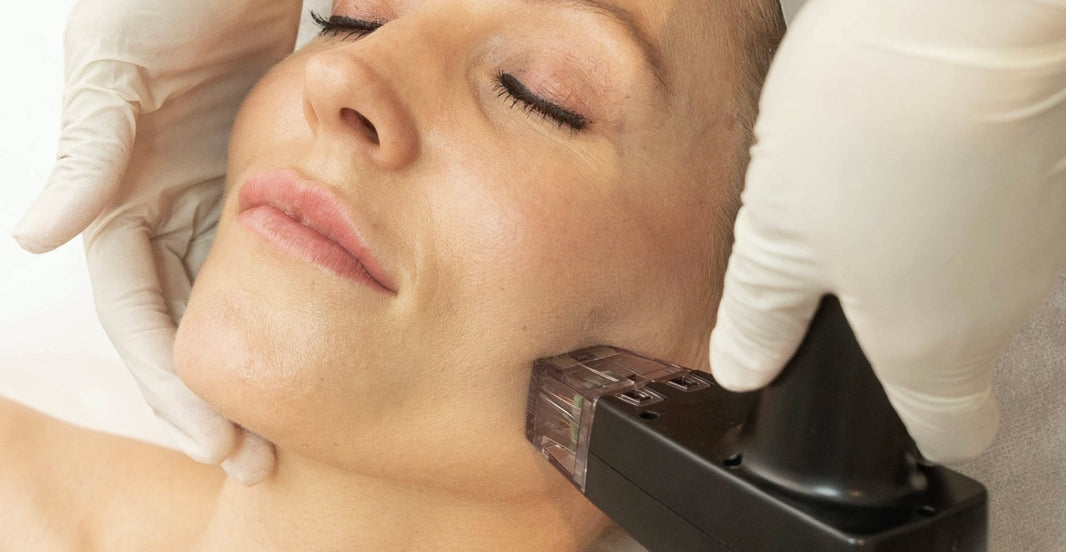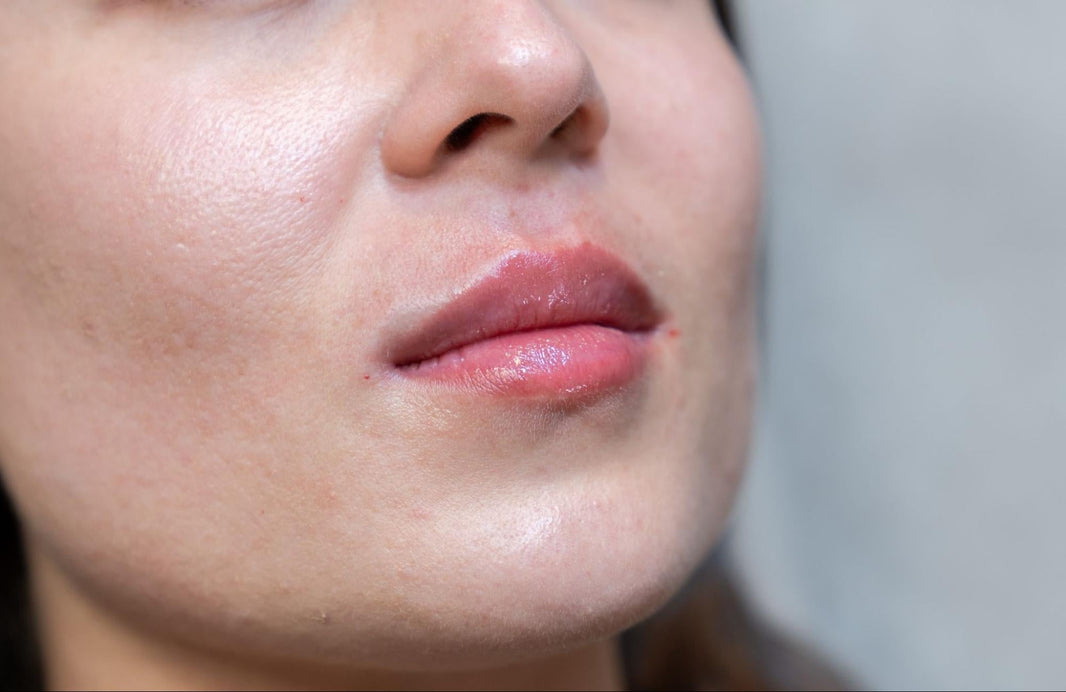Otoplasty, or ear reshaping surgery, is a procedure that changes the shape, size, or position of the ears. Some people choose it for cosmetic reasons, like reducing the appearance of prominent ears, while others may need it to correct an injury or a condition they were born with.
It’s a straightforward procedure that doesn’t affect hearing but can make a big difference in how a person feels about their appearance.
Whether it’s done for aesthetic reasons or to correct a physical issue, otoplasty is a well-established procedure with lasting results. If you’ve ever felt self-conscious about your ears, or you're considering this for your child, it’s worth learning more about what ear surgery involves.
What is Otoplasty
Otoplasty is a type of surgery that changes the shape, size, or position of the ears. It is often done to correct ears that stick out too much, are unusually large, or have an irregular shape. Some people are born with these differences, while others develop them due to injury.
The goal of otoplasty is to create a more balanced appearance. For some, this means bringing the ears closer to the head, while for others, it involves reshaping or adding structure. The procedure is tailored to each person’s needs and can be performed on both children and adults.
Although otoplasty changes how the ears look, it does not affect hearing. The ear surgery focuses on the outer part of the ear, leaving the internal structures responsible for hearing untouched.
There are three main types of otoplasty procedures:
-
Ear Pinning – Corrects protruding ears by repositioning them closer to the head.
-
Ear Reduction – Reduces the size of overly large ears (macrotia).
-
Ear Augmentation – Enhances underdeveloped or misshapen ears, sometimes using cartilage grafts.
Who is a Suitable Candidate for Otoplasty
-
Children aged 4 and above – By this age, the ears have fully developed, making it possible to reshape them effectively. Early ear surgery can help prevent self-consciousness or teasing as they grow up.
-
Teenagers and adults – Some people choose the procedure later in life, either because they didn’t have the option as children or because their concerns developed over time.
-
People with prominent or misshapen ears – Otoplasty can help those born with ears that stick out, are uneven, or have an unusual shape.
-
Individuals with ear injuries – The procedure can restore the ear’s appearance after an accident, trauma, or previous surgery.
-
Those in good health – A suitable candidate should have no medical conditions that could interfere with healing and should have realistic expectations about the results.
The Otoplasty Procedure: What to Expect
Otoplasty is a straightforward procedure that reshapes the ears to improve their appearance. Knowing what to expect before, during, and after ear surgery can help you feel more prepared.
Pre-Operative Preparations
Before the ear surgery, you will have a consultation with a surgeon. They will:
-
Examine your ears and discuss what changes can be made.
-
Review your medical history to check for any conditions that might affect the procedure.
-
Explain the expected results and answer any questions.
You will also receive instructions on how to prepare for ear surgery, which may include:
-
Avoiding certain medications, such as blood thinners, to reduce the risk of bleeding.
-
Stopping smoking, as it can affect healing.
-
Arrange for someone to drive you home after the procedure.
During the Ear Surgery
Otoplasty is usually done as an outpatient procedure, meaning you can go home the same day. The key steps include:
-
Anaesthesia – The surgeon will use either general anaesthesia (where you are fully asleep) or local anaesthesia with sedation (where you are drowsy but awake).
-
Surgical Techniques – The surgeon makes small incisions, usually behind the ear or within its natural folds. They may reshape the cartilage, remove excess tissue, or add structure as needed.
-
Duration – The procedure usually takes between one and three hours, depending on the complexity of the ear surgery.
Post-Surgery Care and Recovery
After the procedure, your ears will be covered with bandages to protect them while they heal. Your surgeon will give you care instructions, which may include:
-
Keeping the area clean and dry.
-
Avoiding pressure on your ears, including sleeping on your side.
-
Wearing button-up shirts to prevent pulling clothing over your head.
Most people see noticeable improvements within two to three weeks, but full recovery can take six to eight weeks. You will have follow-up appointments to check your healing and remove any stitches if needed. Following your surgeon’s advice will help ensure the best possible outcome.
Benefits of Otoplasty
-
Improved ear symmetry and proportion.
-
Enhanced self-confidence, especially in children.
-
Permanent and natural-looking results.
-
Safe and effective procedure when performed by a qualified surgeon.
Potential Risks of Otoplasty
Like any surgery, otoplasty comes with some risks, but serious complications are rare. Most people recover well and are happy with their results. However, it’s good to be aware of potential issues so you know what to expect.
Some common side effects include swelling, bruising, and mild discomfort, which usually improve within a few weeks. In rare cases, complications such as infection, bleeding, or uneven healing may occur. Some people may experience slight changes in skin sensation around the ears, but this often fades over time.
Choosing a qualified and experienced surgeon reduces the risk of complications. Following post-surgery care instructions, such as keeping the area clean and avoiding pressure on the ears, also helps with healing. If any concerns arise, your doctor will be there to guide you through the recovery process.
While it’s important to be informed, otoplasty is generally a safe procedure with long-lasting results. With proper care, most people heal well and achieve the look they hoped for.
Frequently Asked Questions About Otoplasty and Ear Surgery
Is otoplasty very painful?
Otoplasty is not usually very painful. Some discomfort, swelling, and tightness are expected after surgery, but pain is manageable with prescribed or over-the-counter medication.
What is the best age for otoplasty?
The procedure is typically done after age 4 or 5, once the ears are fully developed. Adults can have otoplasty at any age if they are in good health.
How long does otoplasty last?
Otoplasty results are permanent as long as the ears are not injured or affected by future trauma.
What are the different types of ear surgery?
Ear surgeries include otoplasty (ear reshaping), tympanoplasty (eardrum repair), mastoidectomy (infection removal), and stapedectomy (hearing improvement).
Is ear surgery risky?
Ear surgery is generally safe, but like any procedure, it carries risks such as infection, bleeding, and minor changes in sensation. Choosing an experienced surgeon helps minimise these risks.
Related Articles
Cart
Don't miss out on the best deals!
Your cart may be empty now, but let us help you fill it up with amazing products.
- Choosing a selection results in a full page refresh.



 hristmas
hristmas



